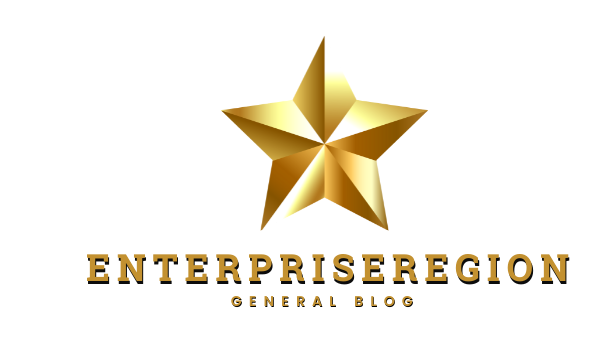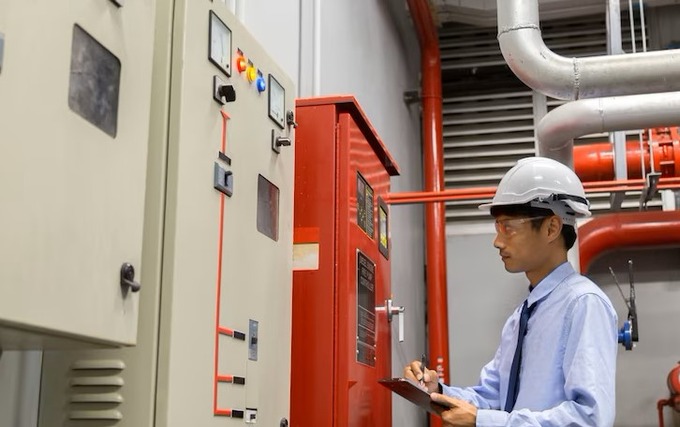In our rapidly advancing world, where technology and energy management are paramount, ensuring the safety of our environments has never been more crucial. This blog will serve as your go-to guide for navigating the safety measures and best practices associated with two key components: FireBoxes and PowerBoxes. Understanding the basics is essential to safeguard against fire emergencies or optimize electrical distribution. Join us as we break down simple yet effective tips to create a secure and resilient environment using FireBox and PowerBox systems.
Top of Form
Understanding FireBox Safety:
1. Early Detection is Key: A firebox is designed to detect fires in their early stages. Regularly test and maintain the fire detection components, including smoke detectors and alarms. Ensure they are strategically placed in areas prone to fire risks, such as kitchens or utility rooms.
2. Emergency Response Planning: Develop and practice an emergency response plan integrating the FireBox system. Conduct regular drills to ensure occupants are familiar with evacuation procedures and know how to respond to fire emergencies.
3. Regular Maintenance Checks: Schedule routine maintenance checks for your FireBox to verify the functionality of all components. Inspect sensors, detectors, and suppression systems regularly and promptly address any issues or anomalies.
4. Battery Backup: Ensure the FireBox has a reliable battery backup system. Regularly check the condition of the batteries and replace them according to the manufacturer’s recommendations. A functional backup power source is crucial for continuous protection during power outages.
5. Collaborate with Professionals: Engage certified professionals for annual inspections and maintenance. Professional expertise ensures that the FireBox complies with safety standards and that any potential issues are identified and addressed promptly.
Ensuring PowerBox Safety:
1. Regular Visual Inspections: Conduct visual inspections of the PowerBox to check for signs of wear, loose connections, or overheating. Look for discolored components, unusual odors, or any physical damage. Early identification of issues prevents potential hazards.
2. Dust and Debris Prevention: Keep the PowerBox clean from dust and debris, as accumulation can lead to overheating and reduced efficiency. Compressed air or a soft brush to clean vents and components, ensuring the system is powered off before cleaning.
3. Secure Electrical Connections: Periodically tighten electrical connections within the PowerBox to prevent loose terminals, which can lead to electrical arcing and increased resistance. Ensure all bolts and screws are properly secured and power is turned off before making adjustments.
4. Software Updates and Upgrades: If the PowerBox incorporates software components, regularly check for updates provided by the manufacturer. Keeping the software up-to-date ensures optimal performance, security, and compatibility with evolving technologies.
5. Temperature Monitoring: Monitor the operating temperature of the PowerBox to prevent overheating. Implement temperature sensors and alarms to alert you of abnormal temperature increases, allowing timely intervention.
General Safety Practices for Both Systems:
1. Documentation and Record-Keeping: Maintain detailed records of all maintenance activities, inspections, and tests performed on the FireBox and PowerBox. Documentation is valuable for compliance audits, troubleshooting, and historical analysis.
2. User Training and Awareness: Educate building occupants on the importance of fire safety and efficient power management. Provide training on using fire safety equipment and emphasize the significance of promptly reporting any issues with the FireBox and PowerBox.
3. Compliance with Standards: Stay informed about and comply with local, national, and international fire safety and electrical standards and regulations. Regularly update both systems to meet the latest standards and ensure optimal protection and efficiency.
Now that you know the best practices for a firebox and powerbox, here are some of the uses you should know:
FireBox: Enhancing Fire Safety
- Early Detection: A FireBox is a vital component in fire safety systems, designed to detect potential fire hazards at an early stage. Equipped with advanced technologies such as smoke detectors and thermal imaging, it provides rapid and precise alerts to initiate timely responses.
- Alarm Systems:FireBoxes include integrated alarm systems that detect smoke or heat and trigger audible and visual alarms. These alarms serve as immediate alerts to building occupants, giving them crucial time to evacuate safely.
- Suppression Systems: Beyond detection, FireBoxes often integrate fire suppression systems, including sprinklers or gas-based suppression methods. This ensures that the system can take swift action to suppress or control the flames in the event of a fire, minimizing potential damage.
- Integration with Building Systems: FireBoxes seamlessly integrate with building management systems, allowing for a coordinated response to emergencies. This integration ensures that the FireBox communicates with other safety measures, such as unlocking doors, activating emergency lighting, or shutting down HVAC systems.
- Centralized Monitoring: Many FireBoxes provide centralized monitoring capabilities, allowing remote observation of the system’s status. This feature enables quick identification of malfunctions or irregularities, facilitating proactive maintenance and ensuring continuous readiness.
PowerBox: Optimizing Electrical Distribution
- Centralized Power Distribution: A PowerBox serves as a centralized hub for managing electrical connections within a facility. It optimizes electrical power distribution, ensuring electricity is efficiently directed to various devices and systems throughout the building.
- Customization and Scalability:PowerBoxes offer customization options to adapt to a facility’s specific needs. Whether in a residential or industrial setting, these systems can be tailored to accommodate the unique energy requirements of different areas. Additionally, PowerBoxes are scalable, allowing for expansion as energy needs grow.
- Energy Efficiency: With smart technologies and monitoring features, PowerBoxes contribute to energy efficiency by minimizing wastage and optimizing power consumption. They enable better control over electrical systems, reducing overall energy costs and environmental impact.
- Integration with Renewable Energy: Many modern PowerBoxes are designed to integrate seamlessly with renewable energy sources such as solar or wind power. This not only supports sustainability goals but also allows users to harness clean energy for their electrical needs.
- Monitoring and Maintenance:PowerBoxes often have monitoring capabilities, providing real-time data on energy usage and system performance. Regular maintenance checks, including inspections for wear, overheating, and loose connections, ensure the reliability and safety of the electrical distribution system.
FireBoxes focus on early detection and suppression of fires, which is critical in ensuring the safety of occupants and property. On the other hand, PowerBoxes optimize electrical distribution, enhancing efficiency and control over energy consumption in various settings. Both systems are integral to creating secure, resilient environments, each addressing specific safety and functionality aspects.
By incorporating these safety tips and best practices into your routine, you enhance the reliability and efficiency of your FireBox and PowerBox systems and contribute to a safer and more secure environment for everyone. Remember, proactive measures today lead to a safer tomorrow. Stay informed, stay vigilant, and prioritize safety in your space.
For more informative articles, check out the rest of our site!

